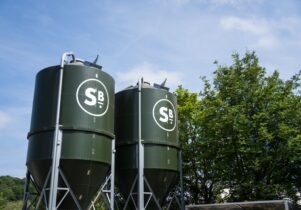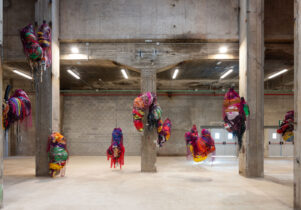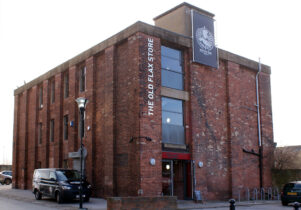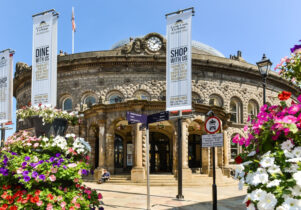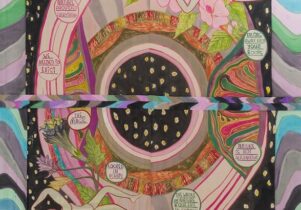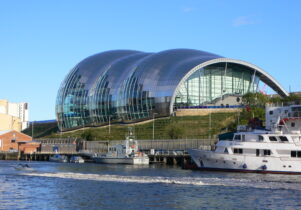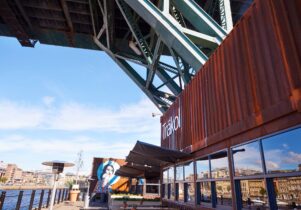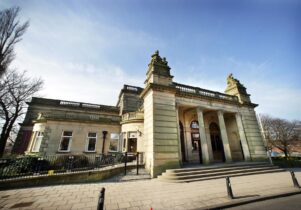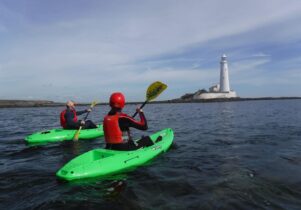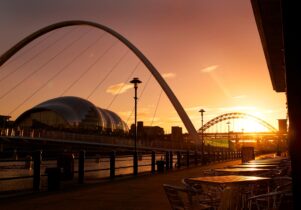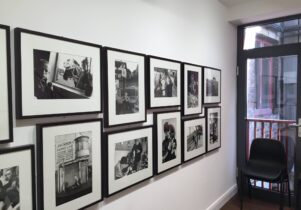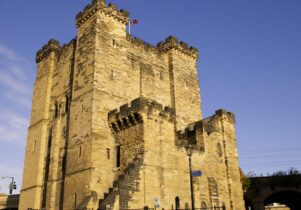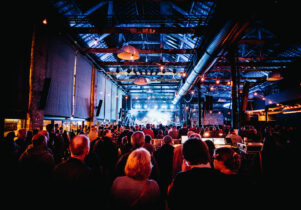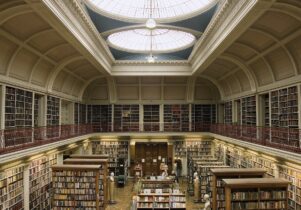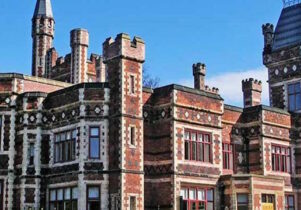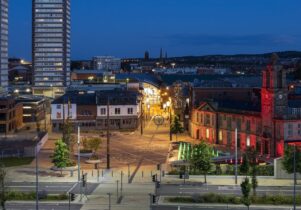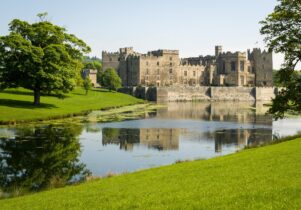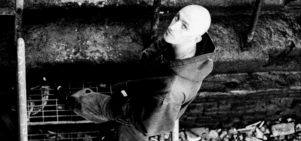BALTIC Centre for Contemporary Art
Creative TouristVisit now
BALTIC Centre for Contemporary Art
- Monday10:00am - 6:00pm
- Tuesday10:30am - 6:00pm
- Wednesday10:00am - 6:00pm
- Thursday10:00am - 6:00pm
- Friday10:00am - 6:00pm
- Saturday10:00am - 6:00pm
- Sunday10:00am - 6:00pm
Always double check opening hours with the venue before making a special visit.
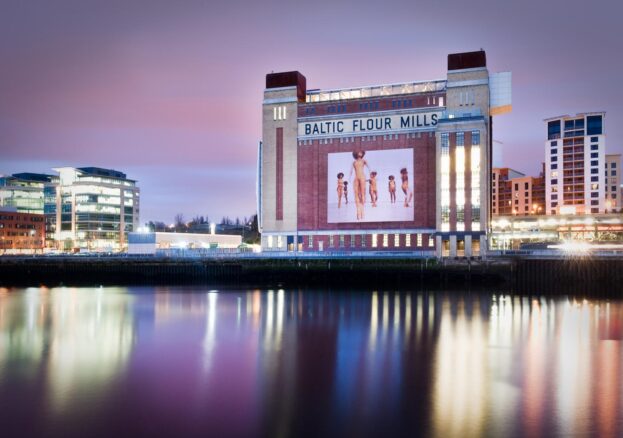
Guests walking along the Newcastle Quayside will note a number of striking sights: the iconic bridges, the Sage Gateshead, and the Baltic Centre for Contemporary Art. The structure was built in 1950 as a flour mill and storage facility for animal feed. Its name came from the trade with the Baltic states. In the 1990s an architectural competition was hosted by RIBA to convert the Baltic into an art gallery, which, with some amazing architectural work, ended with only the north and south facades surviving as the building was transformed. At the same time the Northern Arts council started planning the early stages of what would become the Baltic.
It aims to bring the world to local communities, whilst also showing off artists from communities in the North East of England
Opening in 2002, it has been a key site on the River Tyne for locals and visitors ever since and is the largest dedicated space for contemporary art in the United Kingdom. The Baltic is a key location for culture vultures, with five levels of exhibits, four galleries, a library, artist’s studios and a regionally famous restaurant, the Baltic is a truly huge location for art in the North East of England.
The Baltic continues to stand by its mission of creating experimental and inspiring modern art which has relevance and meaning for all individuals and communities. Over two hundred exhibitions and nearly five hundred artists from all over the world have been shown at the venue since its opening. It aims to bring the world to local communities, whilst also showing off artists from communities in the North East of England.
The gallery is always looking at ways to encourage these new talented artists to create new discussions and points of view through their art. And they’ve seen some success, as over eight million people have visited since they opened in 2002. The Baltic also has a sister venue with artists spaces on High Bridge in Newcastle called Baltic 39.

